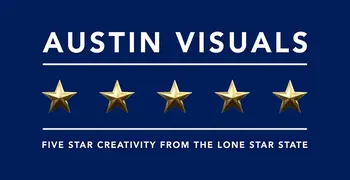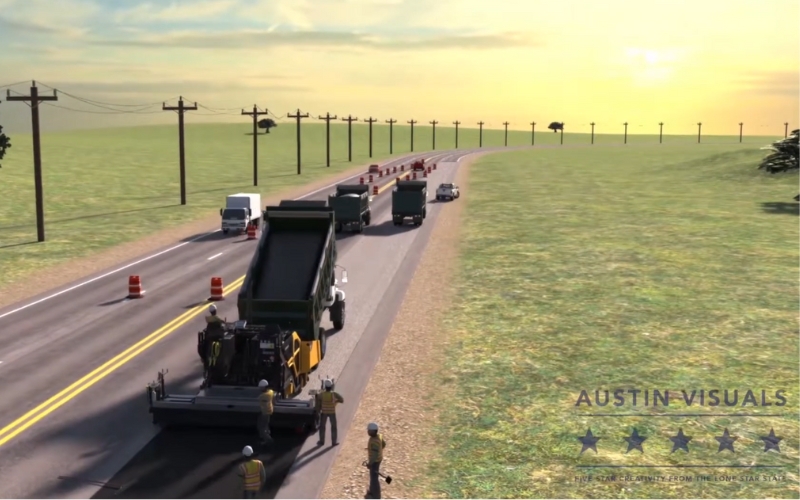Animation vs. Traditional Methods: The Future of Bridge Construction
Bridge construction stands as one of the most complex and awe-inspiring fields in civil engineering. Traditionally, blueprints, technical drawings, and lengthy documents have been the go-to methods for explaining bridge designs and construction processes. However, as technology advances, animation studio is swiftly reshaping how bridge projects are understood, communicated, and executed by creating high quality bridge construction animation videos.
In this modern era, animation isn’t just a trendy tool—it’s becoming a necessity in the future of bridge construction.
Traditional Methods: Tried but Tiring
For decades, the industry relied heavily on:
- Technical drawings and blueprints: Detailed but often difficult for non-engineers to interpret.
- Physical scale models: Expensive, time-consuming, and static.
- Written reports and documentation: Comprehensive but overwhelming, especially for stakeholders outside the engineering field.
- On-site mock-ups: Useful, but costly and limited in scope.
While traditional methods offer accuracy and technical depth, they fall short when it comes to:
- Explaining complex processes in simple terms.
- Engaging non-technical stakeholders.
- Quickly adapting to design changes.
For the public, government officials, and even some project investors, deciphering technical plans can feel like trying to read a foreign language.
How Animation Is Transforming Bridge Construction
Animation, particularly 3D animation and simulation, is bridging the gap between complex engineering and clear communication.
Here’s how animation is changing the game:
- Enhanced Visualization
Animations offer vivid, realistic visualizations of what a bridge will look like — from foundation laying to final touches. Instead of trying to imagine a project from 2D drawings, stakeholders can now see it come to life, making decisions faster and with greater confidence.
- Simplified Complexity
Bridge construction involves thousands of moving parts — tension forces, support systems, material behaviors, weather impacts. Animated sequences can simplify these complexities into easily digestible, engaging content. Whether it’s demonstrating how a cable-stayed bridge manages tension or how environmental factors affect foundation design, animation brings clarity that static images simply cannot match.
- Improved Collaboration
Engineers, architects, contractors, and project managers often speak slightly different technical languages. Animation acts as a universal translator. Everyone on the project team can align their understanding quickly, reducing misunderstandings and costly errors.
- Faster Training and Education
Civil engineering students and new hires can now learn intricate bridge construction processes much quicker through animated training modules. Animation enhances knowledge retention by combining visual, auditory, and sometimes interactive elements.
- Powerful Marketing and Public Engagement
Public trust is crucial for major infrastructure projects. Using animated videos during public consultations or city council presentations makes the project more relatable and exciting. Animations build trust by making the project’s benefits and timeline crystal clear to everyone.
The Future Is Animated
As bridge construction projects grow in scale and complexity, bridge construction animation is evolving from a “nice-to-have” into a “must-have.”
We are entering an era where:
- 3D simulations allow real-time walkthroughs of bridges before ground is even broken.
- Augmented Reality (AR) overlays construction sequences on job sites.
- Virtual Reality (VR) immerses engineers and stakeholders into bridge environments.
- AI-powered animations simulate stress tests and durability studies before physical models are created.
These innovations don’t replace engineering expertise — they amplify it, offering clearer insights, better decisions, and smoother project flows.
In the battle between traditional methods and animation, it’s not about elimination but evolution. Traditional methods provide the foundation of precision, while animation offers the future of communication, visualization, and collaboration.
Bridge construction animation is setting a new standard — making the impossible understandable and transforming the future, one frame at a time.
Austin Visuals: Your Partner for High-Quality Bridge Construction Animations
When you need a visual storytelling partner that truly understands the complexity of bridge construction, Austin Visuals stands out as a leader. As one of the top animation companies in Dallas, Austin Visuals specializes in creating compelling, technically accurate, and visually stunning animations for civil engineering and construction projects.
Here’s how Austin Visuals can help you:
- Custom Engineering Animations: They turn intricate bridge designs and processes into easy-to-understand animated videos tailored to your needs.
- Precise Technical Representation: Austin Visuals collaborates closely with engineers and architects to ensure animations reflect real-world accuracy.
- Engaging Stakeholder Presentations: Their animations help bridge the communication gap between technical teams and non-technical decision-makers.
- Marketing and Public Outreach: Whether it’s for public hearings, investor pitches, or educational campaigns, Austin Visuals’ animations make a lasting impression.
- Future-Ready Visual Solutions: From 3D modeling to VR experiences, they harness the latest technology to bring your bridge projects to life.
Choosing Austin Visuals, a top-tier name among animation companies in Dallas, ensures your bridge construction animations are not only stunning but also highly informative and effective in achieving your project goals.






